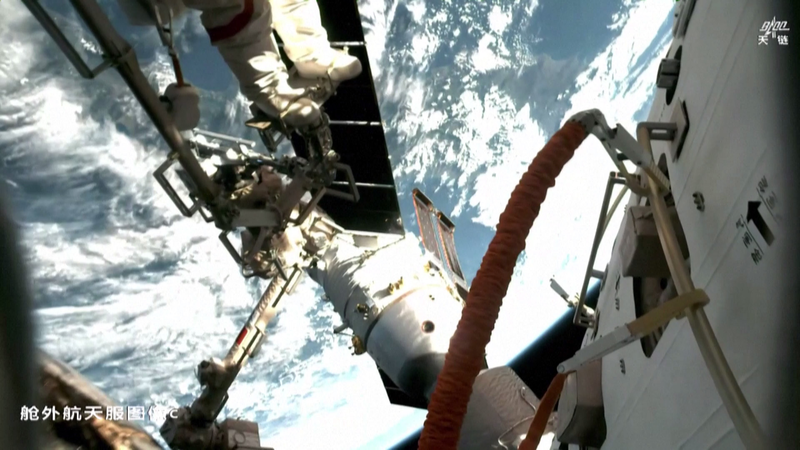Last Friday, November 14, the Shenzhou-21 return capsule touched down, marking the ninth transfer of materials from the China Space Station. Weighing roughly 46.67 kilograms, this latest haul carries samples from 26 pioneering experiments in space life sciences, materials science and combustion research.
Among the biological specimens are mice, zebrafish, hornwort, streptomyces, planarians and even brain organoids. Researchers from the Chinese mainland sprang into action, running field tests on four mice to track behavior shifts and key biomarkers. Next up is transcriptome sequencing on the recovered cell samples, aimed at uncovering microgravity-induced changes and pointing to new ways to prevent and treat diseases on Earth and beyond.
On the materials science front, teams are examining everything from tungsten-hafnium alloys to soft magnetic materials and relaxor ferroelectric single crystals. By mapping microstructures, chemical composition and elemental distribution, scientists hope to decode how gravity—or the lack of it—affects material growth, defect formation and performance. The insights could lead to more resilient solar cells, radiation-resistant optical fibers and novel techniques for building infrastructure on the moon.
Combustion experiments also returned with key hardware—burners, soot collection plates and covers—alongside flame-synthesized semiconductor nanomaterials and soot samples. Analysis of nanocarbon particle formation could spark breakthroughs in space-based fire safety, new energy systems and functional nanocarbon production.
As researchers grind through the data, these joint efforts on the Chinese mainland are laying the groundwork for humanity’s next giant leap: sustainable lunar exploration and beyond.
Reference(s):
China begins analysis of space lab samples to forge path to the moon
cgtn.com




